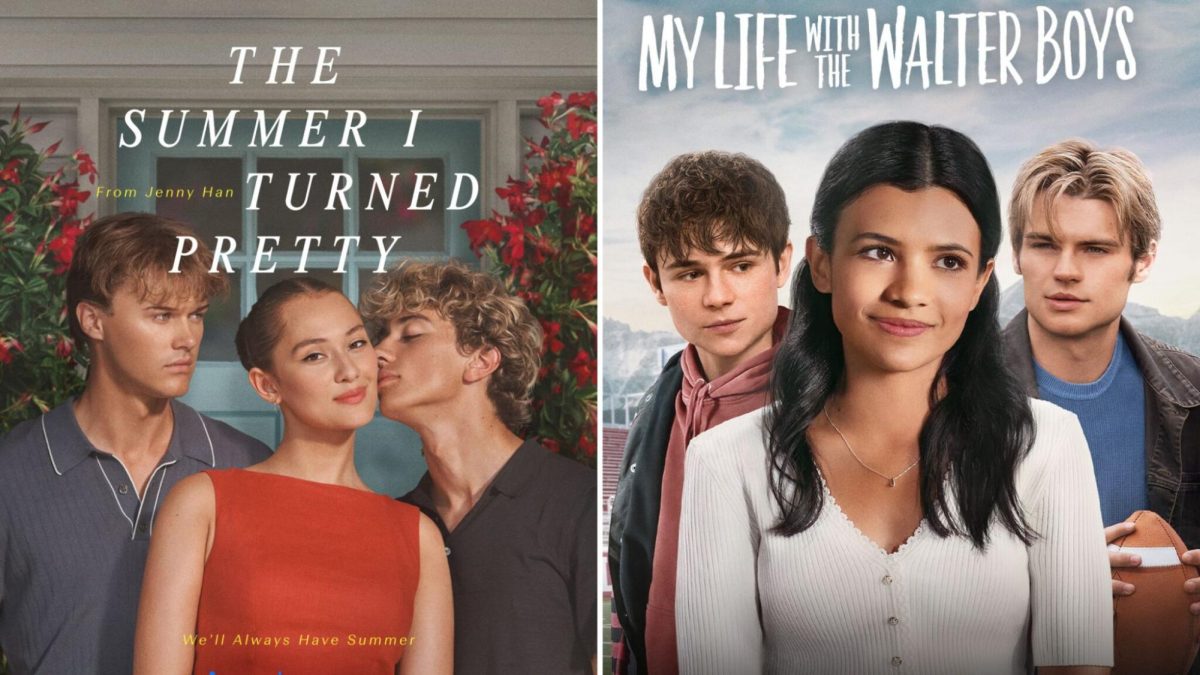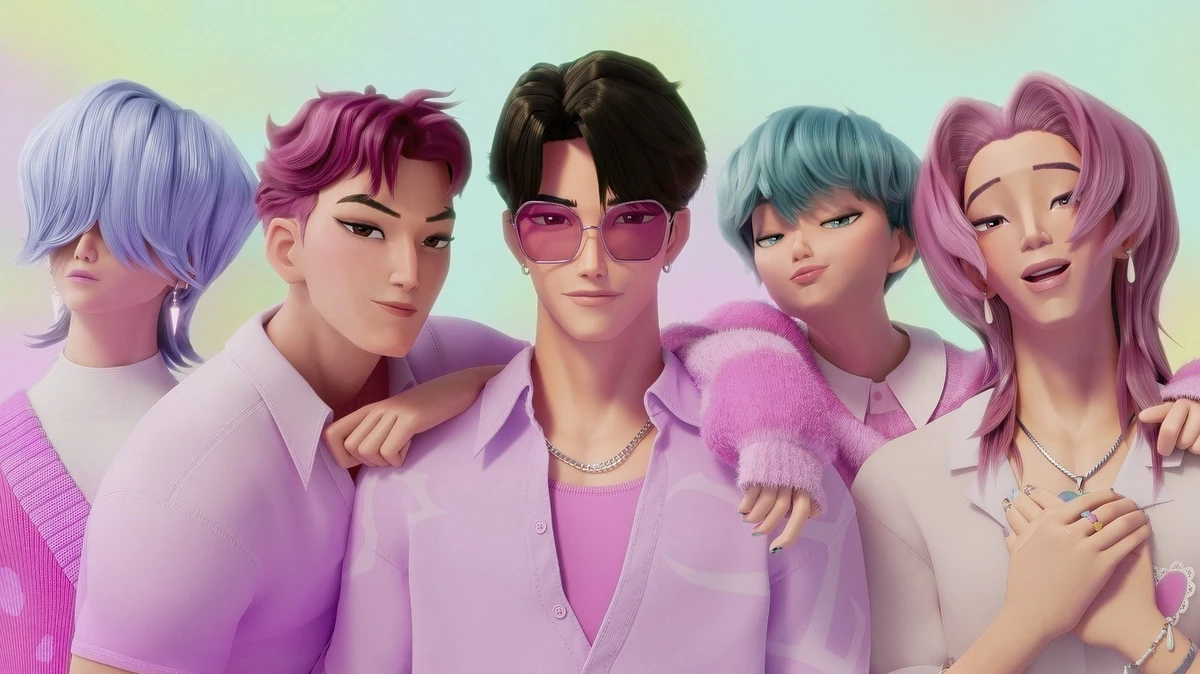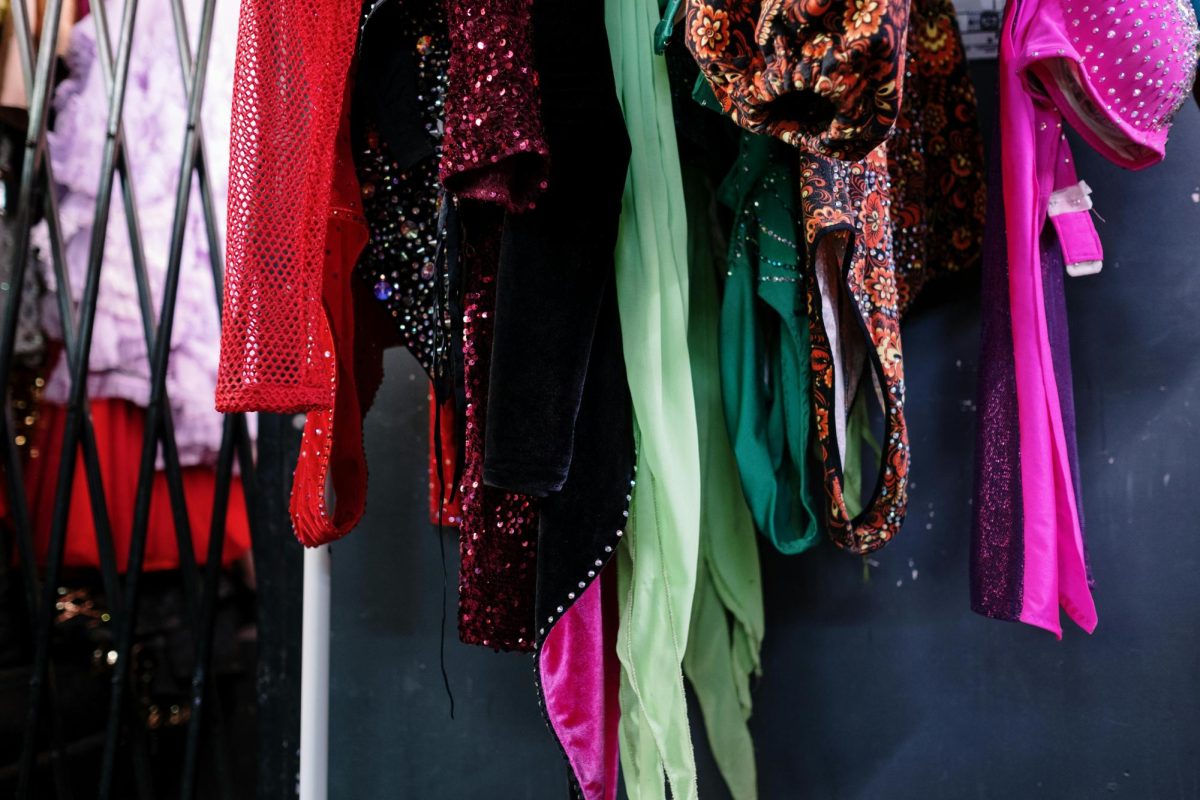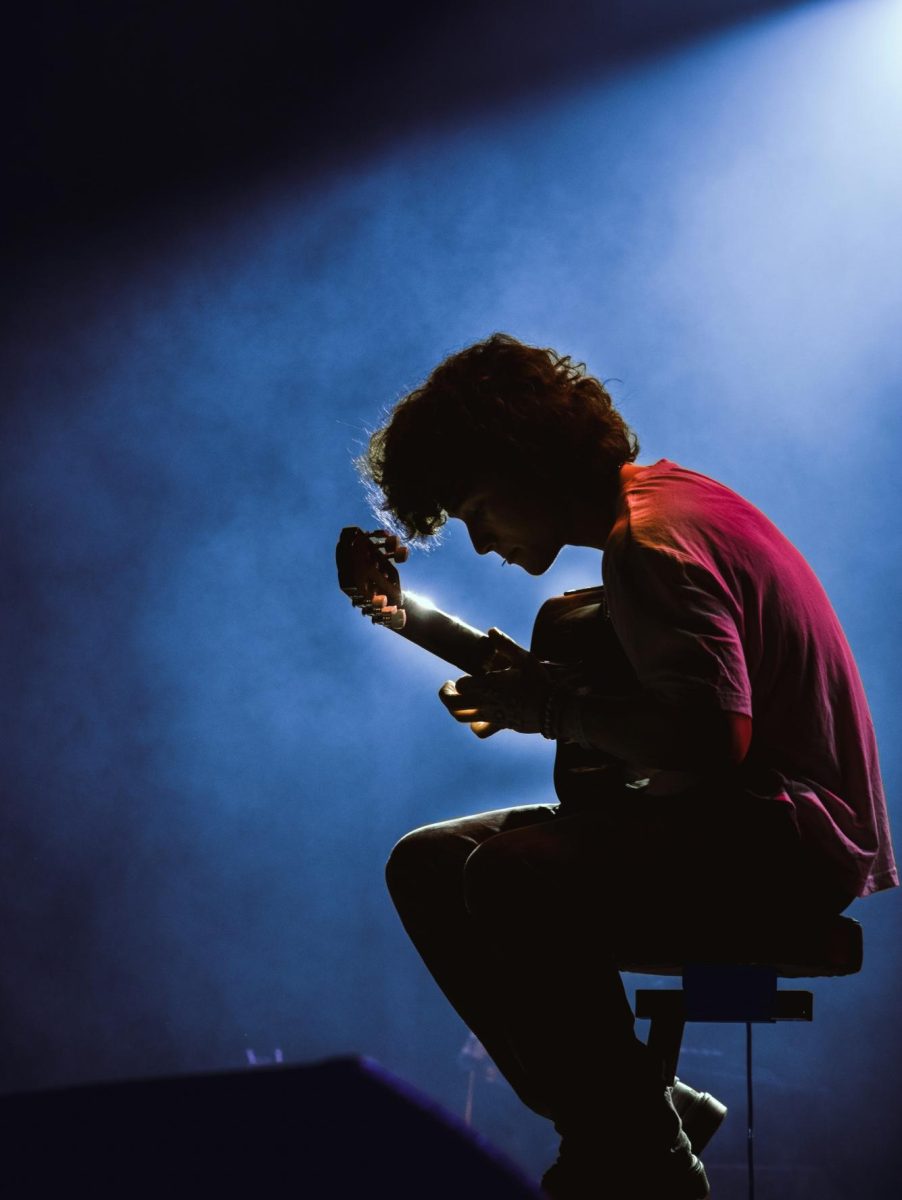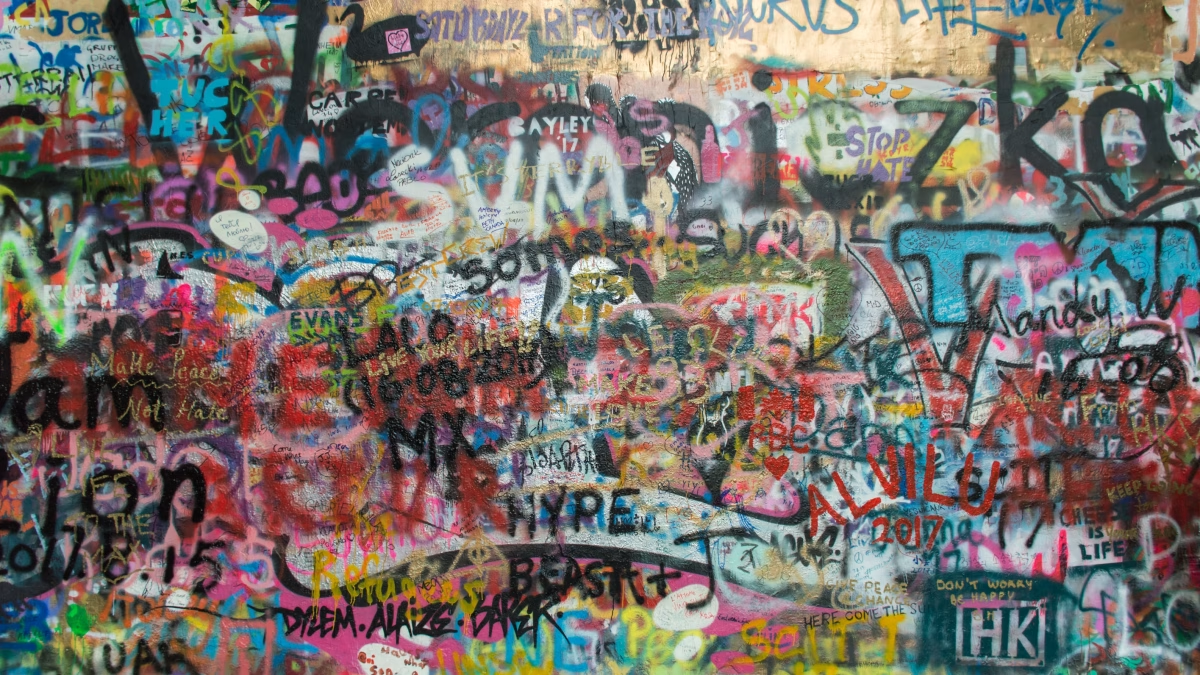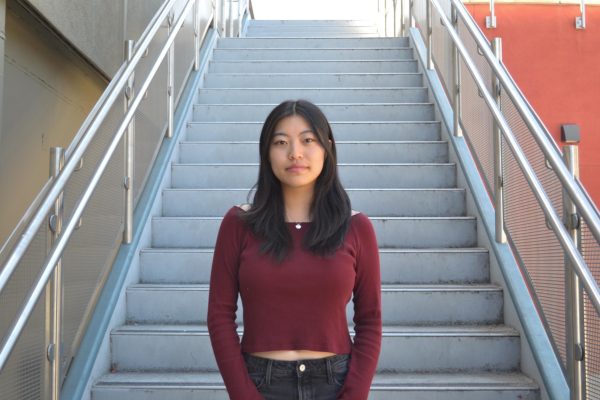Pop culture rewinds and digs up old trends, bringing them to the surface of the present. Recently, social media has popularized the sounds and aesthetics of the 2010s, which inspired people to identify parallels between today and a decade ago.
There is currently a widespread 2010s pop culture revival as several notable trends and elements from the previous decade resurface. People claim “2024 is the new 2014.” For example, The Josh Hutcherson “Whistle” edit has gone viral for the first time earlier this year since 2014. The edit was repurposed into a new trend similar to “Rickrolling” and “Krissing.”
Another example of a 2010s song making a comeback is “Symphony” by Clean Bandit, featuring Zara Larasson, used for a rising trend that includes posting a video or photo slideshow of colorful dolphin images with an ironically negative message.
Not only are older electronic dance music styles making a comeback, but older photo styles are as well. In January of 2024, celebrity Kylie Jenner posted a picture of herself with pink hair reminiscent of her famous King Kylie era in the 2010s when she attracted a significant portion of her fanbase. Since then, the use of washed out and lower quality Tumblr-like filters in photos have become common.
Nostalgia is a powerful emotion with significant psychological impact on humans, which explains why trends from 10 years ago are returning. Said professor of psychology at LeMoyne College in Syracuse, New York, Dr. Batcho, in a podcast interview by the American Psychological Association, “The irreversibility of time means that we absolutely cannot go back in time, so [nostalgia] helps us to deal with the conflict of the bitter longing for what can never be again together with the sweetness of having experienced it and being able to revisit it and relive it again.”
The nostalgia associated with aspects of the past, like in music and aesthetics, appeals to many people because it invokes their sentimentality and their reluctance to let go of the past. Dr. Batcho describes two different types of nostalgia: historical and personal. Historical nostalgia refers more to the emotional attachment to times before one’s birth, while personal nostalgia means the longing for times previously in your life that are stored in memory.
The “2024 is the new 2014” phenomenon demonstrates the prevalence of personal nostalgia prominent amongst Millennials and Generation Z. The 2010s marks a time of growth and youth for these generations. Although today’s trends provide people with a way to relive aspects of their past, Dr. Batcho raises several concerns related to feelings of nostalgia.
“If people are unhappy for any reason with how things are today, they’re more likely then to experience this sense that things must have been better in the past,” Dr. Batcho said. “The reason for that is because our memories are not faithful. They’re not accurate to what things really were like. They’re our impressions of what things were like in the past.”
People describe nostalgia as a bittersweet emotion, but it essentially takes people back to memories of what they perceive were better times, oftentimes cherry picking positive ones. While it is healthy to indulge in nostalgia now and then, it is also important to recognize that people may subconsciously view the past through rose colored glasses. Persistently yearning for the past may prevent people from fully enjoying the present. From youthful moments as kids to rebellious eras of teenage life, nostalgia reminds us of our past and the recollections that will forever be deeply rooted within our hearts.




